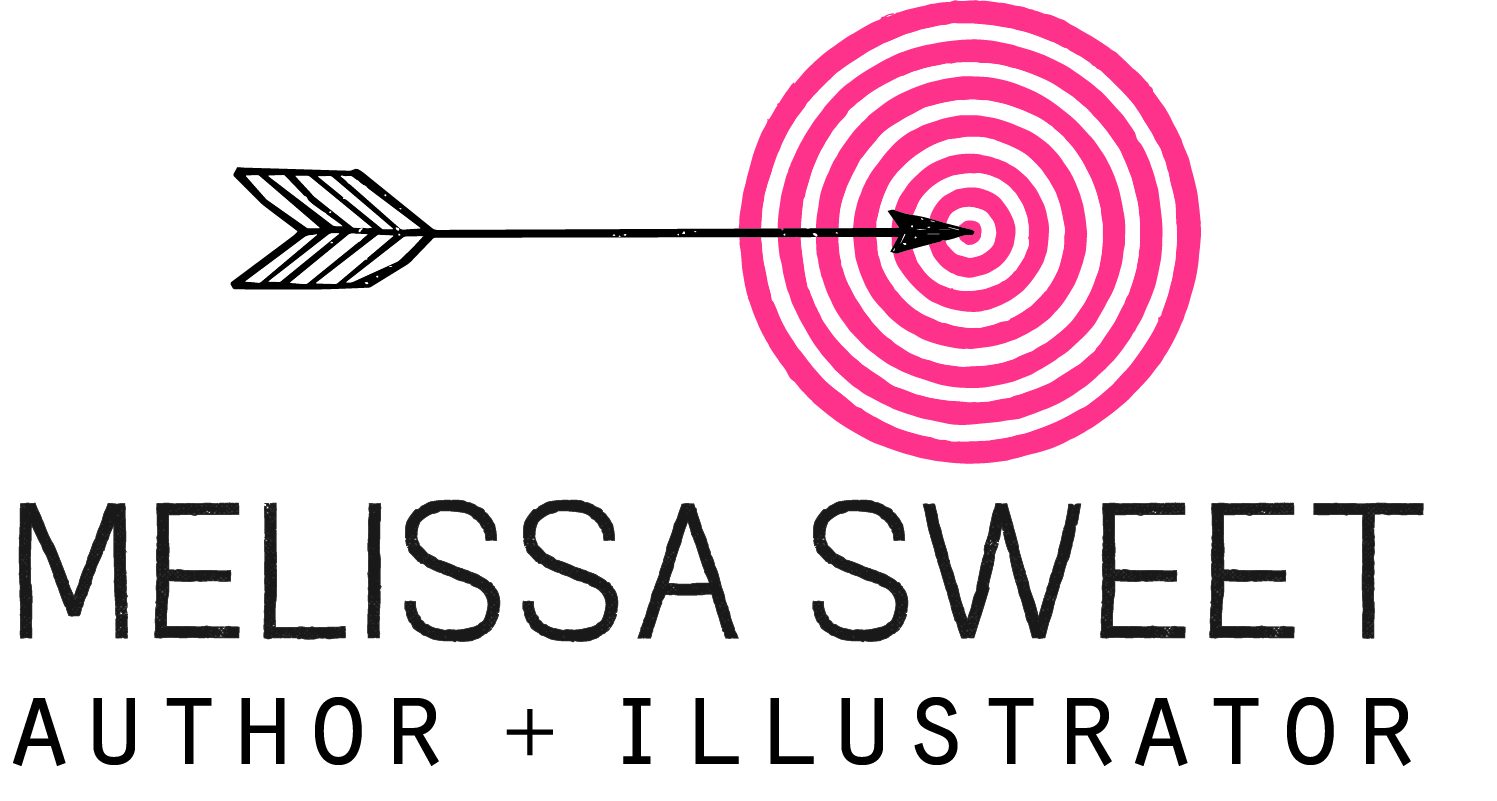BY KWAME ALEXANDER
PUBLISHED BY HARPERCOLLINS
“It’s about discovering the joy of reading—how you get there and where you go with it is totally up to you.
”
A recent article by Publishers Weekly writes, “Kwame Alexander’s HOW TO READ A BOOK had a rather circuitous, and fittingly literacy-centric, journey from conception to the printed page. His celebration of reading began as a poem commissioned by the international literary organization LitWorld, for its annual World Read Aloud Day, but instead found a home on a poster promoting the ALA’s National Library Week, before becoming a picture book.
Find HOW TO READ A BOOK at local independent book stores, through IndieBound, Barnes and Noble, Amazon, or in your local library.
FOR EDUCATORS: To find more adventures in words, download the Activity Sheets.
(Check out TEN TIPS FOR A SUCCESSFUL STORYTIME on this HarperCollins website page!)
“Amazon Best Book of the Month, June 2019 for readers 3-5 years old. ”
“A linguistic and visual feast awaits in Alexander and Sweet’s debut collaboration...First things are first: “find a tree—a black tupelo or dawn redwood will do—and plant yourself.” Once settled, take the book in hand and “dig your thumb at the bottom of each juicy section and pop the words out…[then] // Squeeze every morsel of each plump line until the last drop of magic / drips from the infinite sky.”The prosody and rhythm and multimodal sensuousness of Alexander’s poetic text is made playfully material in Sweet’s mixed-media collage-and-watercolor illustrations. ”
“[An] engaging and mesmerizing ode to reading…delightful and appealing.”
“Newbery Medalist Alexander’s love poem to literacy conjures up startling, luscious images... Caldecott Honor artist Sweet riffs on his verse, line by line, imbuing spreads with the feel of a continually evolving, handmade Valentine...of saturated neon color and literary-themed ephemera (pages from Bambi are used throughout). One gatefold transforms a book into an electric orange triple-decker party bus, with 18 windows revealing allusive scenes made from cut paper and collage. The text, set in hand-lettered capitals, sprawls and stacks energetically as it proclaims its bibliophilia—sometimes whispering and cooing, sometimes shouting from the rooftops that it’s got it bad for books. And why not? ”




